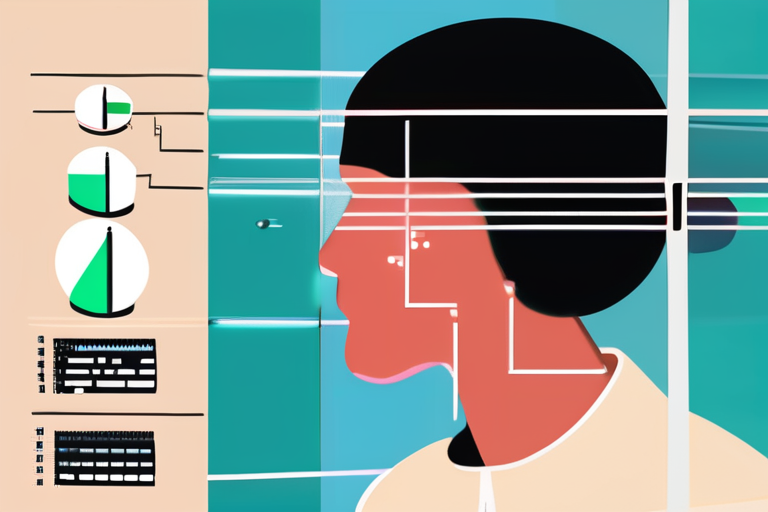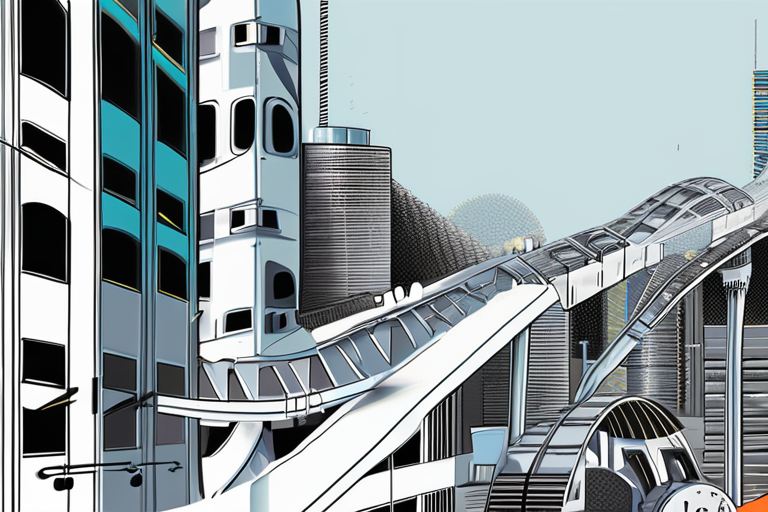AI Model Revolutionizes Image Geolocation with Unprecedented Memory Efficiency


Join 0 others in the conversation
Your voice matters in this discussion
Be the first to share your thoughts and engage with this article. Your perspective matters!
Discover articles from our community

 Hoppi
Hoppi

 Hoppi
Hoppi

 Hoppi
Hoppi

 Hoppi
Hoppi

 Hoppi
Hoppi

 Hoppi
Hoppi

Breakthrough in AI Geolocation: New Model Uses Less Memory for Faster Image Matching A team of researchers has developed an …

Hoppi

The Billion-Dollar Infrastructure Deals Powering the AI Boom As the tech industry continues to harness the power of Artificial Intelligence …

Hoppi

The Billion-Dollar Infrastructure Deals Powering the AI Boom As the tech industry continues to accelerate its adoption of Artificial Intelligence …

Hoppi

Breakthrough or Hype? Can AI Video Models Accurately Model the Real World? In a recent paper titled "Video Models are …

Hoppi

Breaking News: AI Revolutionizes Earthquake Detection On January 1, 2008, at 1:59 am in Calipatria, California, a magnitude -0.53 earthquake …

Hoppi

The Underdog That Stole the Show: Samsung's Tiny AI Model Defies Conventional Wisdom In a shocking upset, a tiny AI …

Hoppi